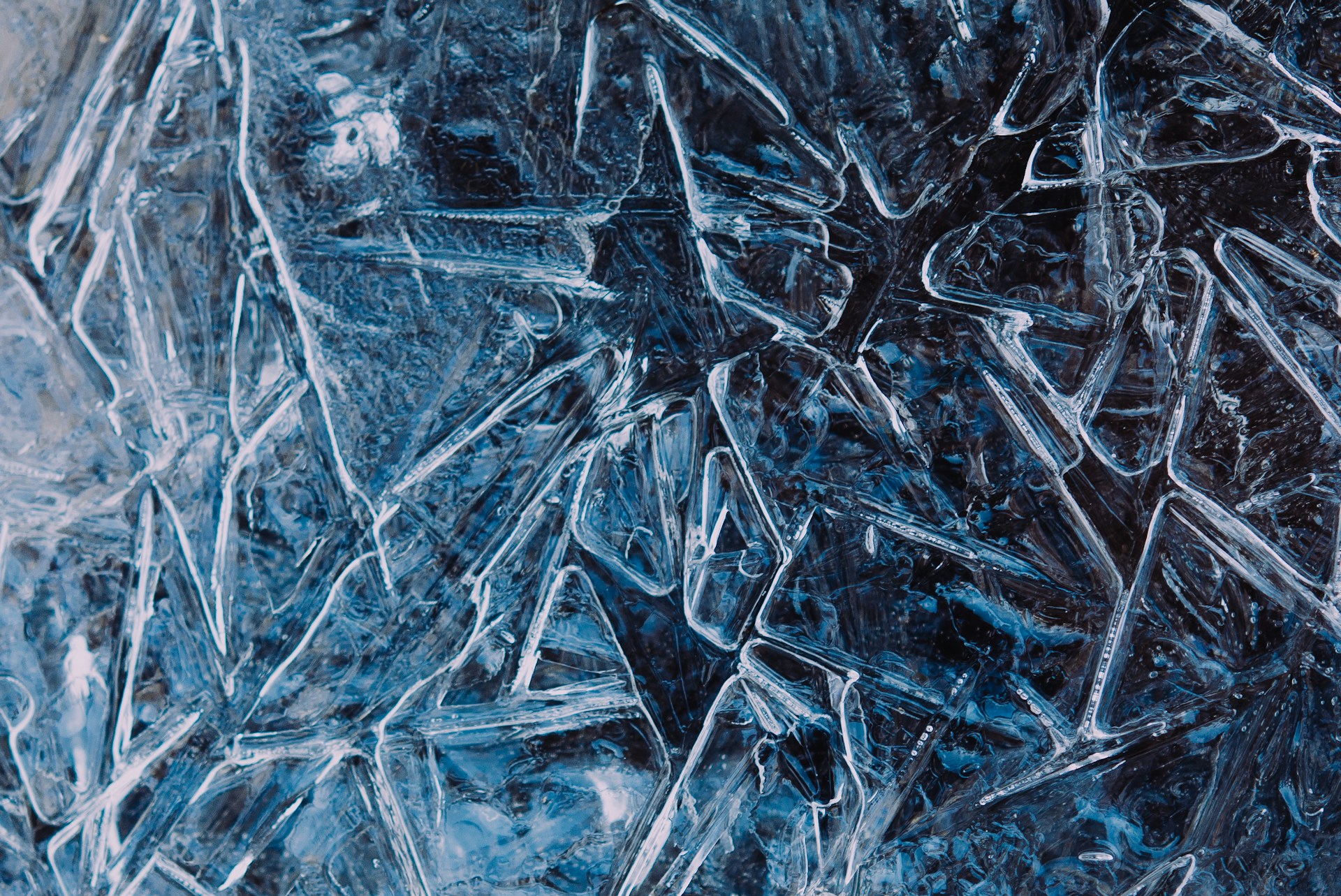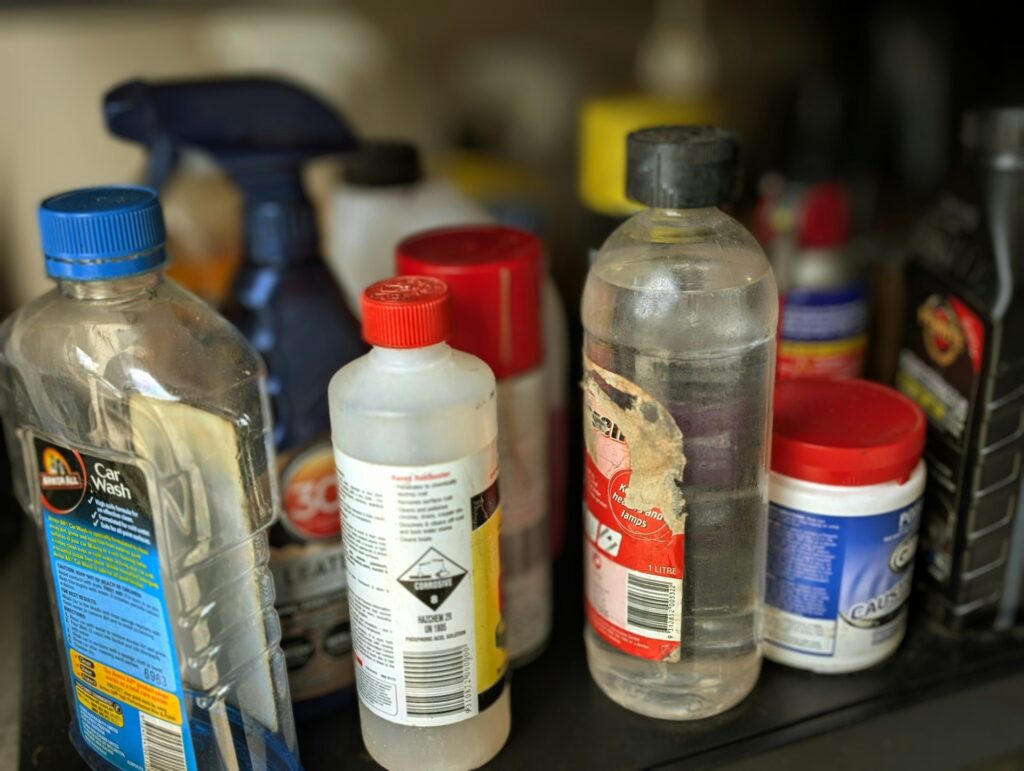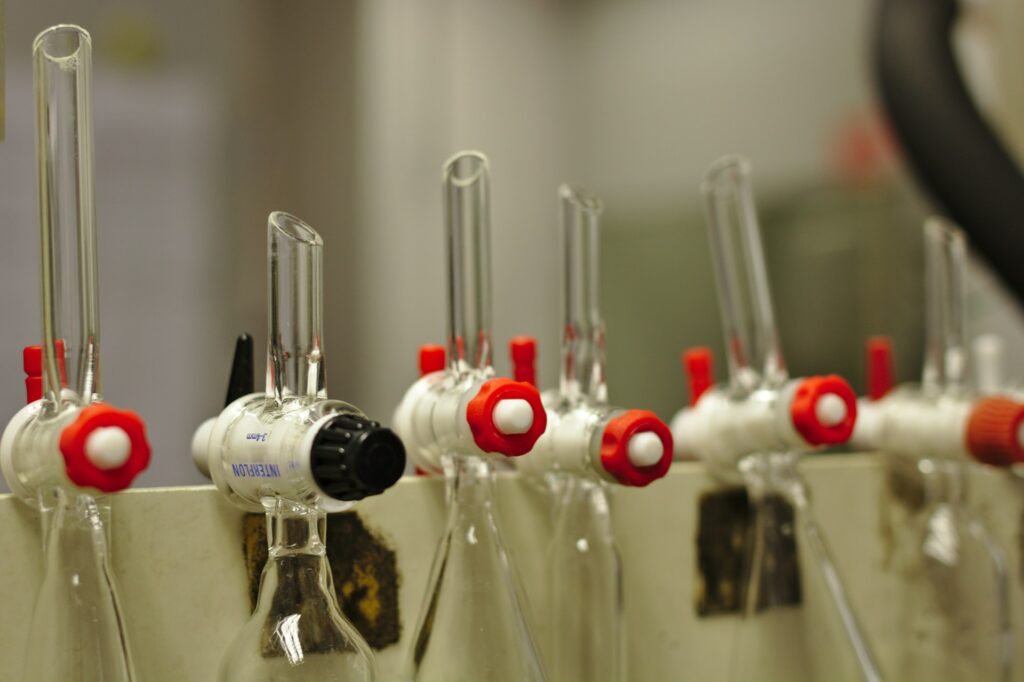The phases of water exceed the basic states of liquid, solid, and gas that we routinely observe. Extreme pressure along with high temperatures induce water to form phases with very different structural and dynamic behaviour patterns that we are used to observing. Plastic ice VII, a phase of water, has now been experimentally confirmed using neutron scattering techniques, more than 15 years after its theoretical prediction through molecular dynamics simulations.
Plastic phases belong to a hybrid state which combines features of solid and liquid phases by maintaining crystalline arrangements along with possible molecular rotations. A plastic cubic lattice structure appears in plastic ice VII because water molecules within this state replicate conventional ice VII arrangements yet maintain rotational flexibility like molecules found in liquid water.
The experimental work confirming the existence of plastic ice VII was conducted at the Institut Laue-Langevin (ILL), using high-pressure sample environments and advanced neutron spectrometry. Find the research paper below:
Rescigno, M., Toffano, A., Ranieri, U., Andriambariarijaona, L., Gaal, R., Klotz, S., Koza, M. M., Ollivier, J., Martelli, F., Russo, J., Sciortino, F., Teixeira, J., & Bove, L. E. (2025). Observation of Plastic Ice VII by Quasi-Elastic Neutron Scattering. Nature. https://doi.org/10.1038/s41586-025-08750-4
“Plastic phases are hybrid states that blend properties of both solids and liquids,”
stated Livia Eleonora Bove, research director at the French National Center for Scientific Research CNRS, associate professor at La Sapienza University in Rome (Italy) and associated scientist at EPFL, École Polytechnique Fédérale de Lausanne (Switzerland).
“In plastic ice, the water molecules form a rigid cubic lattice, as in ice VII, but exhibit picosecond rotational motion reminiscent of liquid water.”
To investigate the properties of plastic ice VII, researchers employed Quasi-Elastic Neutron Scattering (QENS), capable of analysing both translational and rotational molecular dynamics. Unlike conventional spectroscopic methods, QENS provides direct insight into the behaviour of hydrogen atoms.
“The ability of QENS to probe both the translational and rotational dynamics is a unique advantage for the exploration of such exotic phase transitions compared to other spectroscopic techniques,”
explains Maria Rescigno, Ph.D. student at Sapienza University and first author of the published study.
Experiments performed on the IN5 and IN6-SHARP time-of-flight spectrometers at ILL revealed three distinct phases of water:
- Liquid water, where both translational and rotational movement occur freely.
- Ice VII, where both translational and rotational motion are frozen.
- Plastic ice VII, an intermediate state where molecules retain rotational motion but are locked in a fixed crystalline structure.
Neutron scattering data demonstrated a rotational behaviour in plastic ice VII that differed from initial molecular dynamics predictions. Instead of behaving as free rotors, water molecules exhibited a four-fold rotational pattern, characteristic of jump-rotor plastic crystals.
Phases of water like plastic ice VII are not just laboratory observations; they have significant implications in planetary science. Conditions required for plastic ice VII formation—pressures of 5-6 GPa (approximately 60,000 times atmospheric pressure) and temperatures between 450 and 600 K—are found in the interiors of icy moons such as Ganymede and Callisto, as well as planets like Uranus and Neptune. Understanding these phases could improve models of planetary interiors and their thermodynamic behaviours.
Neutron scattering techniques continue to evolve as scientific tools in high-pressure investigations through the success of this research project. ILL upgraded their instrumentation through Endurance which made possible experiments that before lacked the necessary capacity. Research teams intend to carry out further investigation of high-pressure ice phases as they employ combined neutron and X-ray diffraction protocols.

Hassan graduated with a Master’s degree in Chemical Engineering from the University of Chester (UK). He currently works as a design engineering consultant for one of the largest engineering firms in the world along with being an associate member of the Institute of Chemical Engineers (IChemE).



